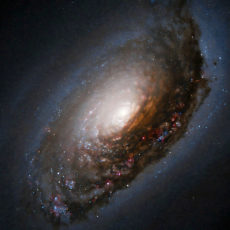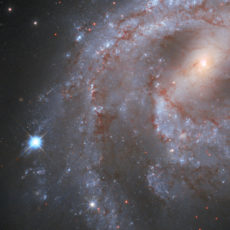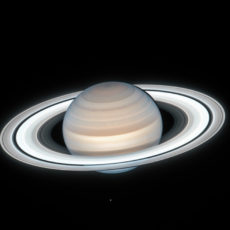
NASA / ESA’s Hubble Space Telescope detected water vapor on GJ 9827d, the smallest exoplanet that astronomers have found with water vapor yet. This could be an example of potential planets with water-rich atmospheres elsewhere in the Milky Way.
Located 97 light-years away, this exoplanet is only about twice Earth’s diameter and orbits the red dwarf star GJ 9827. This marks the first time that planets with water-rich atmospheres can actually exist around other stars through atmospheric detection. It pushes astronomers closer than ever before to characterizing truly Earth-like worlds.
- LEGO NASA Space Set - This adult LEGO set features the Space Shuttle Discovery and the Hubble Space Telescope from NASA’s 1990 STS-31 mission,...
- Solar System Exploration - Unlock the mysteries of our solar system with this engaging 2,354-piece project, packed with authentic details and...
- Shuttle Features Galore - The space shuttle model has an opening payload bay, retractable landing gear, opening cockpit, moving elevons, space arm,...
Until now, we had not been able to directly detect the atmosphere of such a small planet. And we’re slowly getting in this regime now. At some point, as we study smaller planets, there must be a transition where there’s no more hydrogen on these small worlds, and they have atmospheres more like Venus (which is dominated by carbon dioxide),” said Björn Benneke, Team Member from the Trottier Institute for Research on Exoplanets at Université de Montréal.










